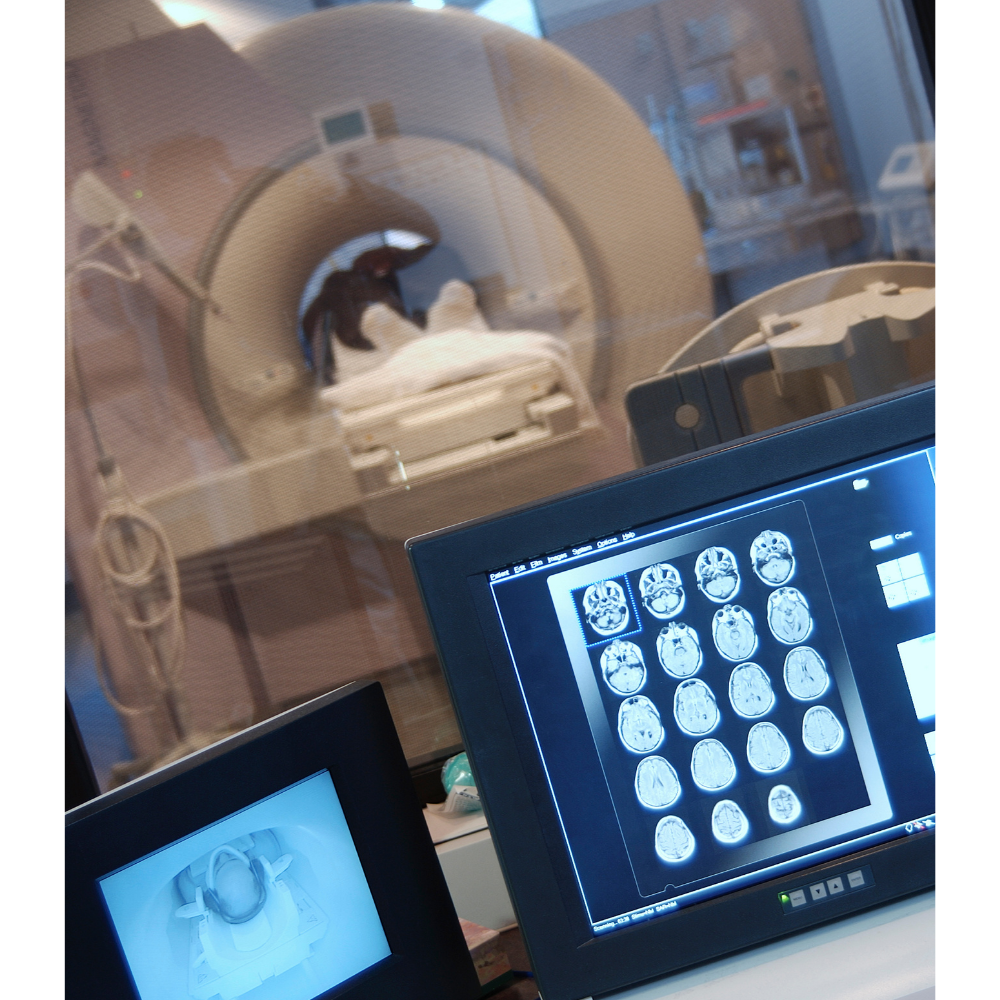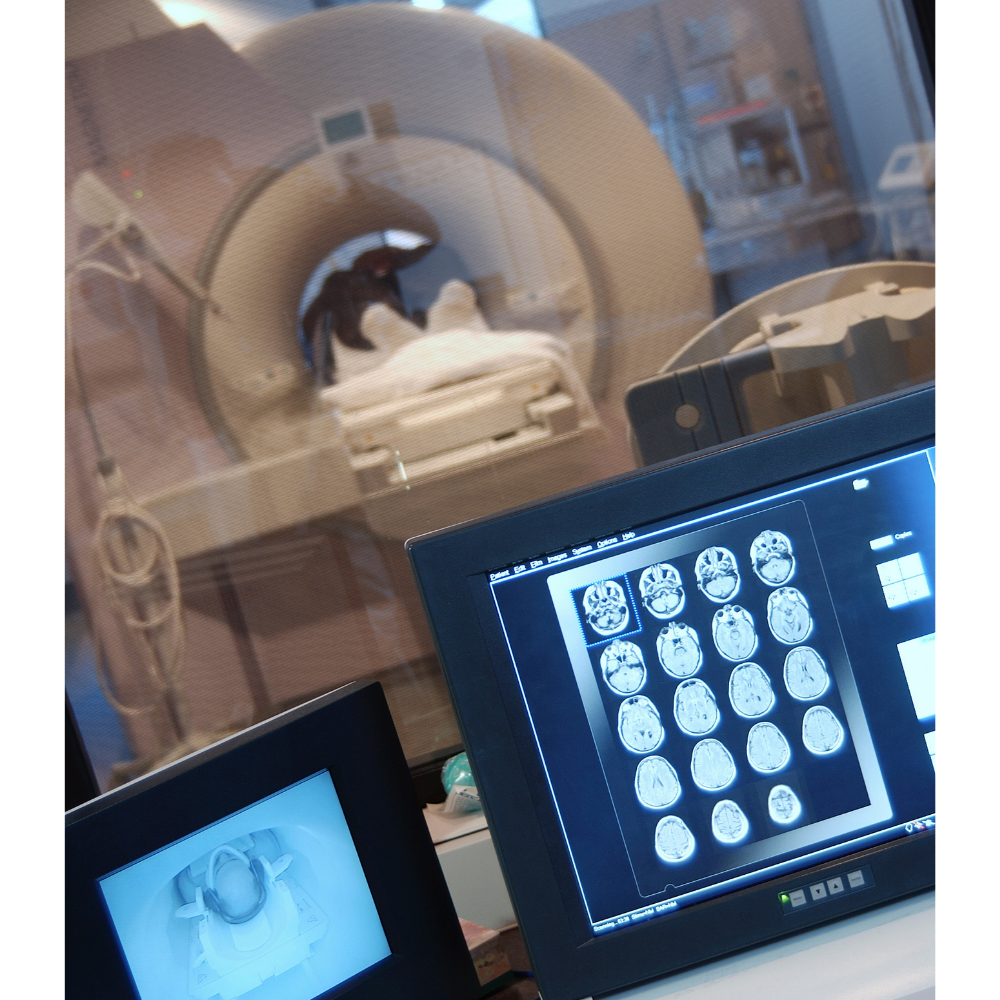技術翻訳・文学翻訳と私の経験
(English version below. 英語版は下にあります。スクロールしてご覧ください。)
翻訳とは?
翻訳とは、ある文章を深く理解し、元の意味を保ちつつ別の言語と文化に合わせて再解釈し、書き直すプロセスです。どの翻訳もこのパターンに当てはまるのですが、技術翻訳は文学翻訳とはかなり異なります。
技術翻訳
技術翻訳は事実を中心とするので正確・不正確が明らかとなり、ある意味「簡単」です。細かいニュアンスを読み取る必要もなく、文化的な影響もあまり受けません。ただし、技術翻訳で難しいのは各分野の語彙や文体など、特定の知識が必要になってくることです。
私が今まで行った技術翻訳には脳機能画像の要約や論文、医療文書、戸籍謄本(改製原戸籍と現戸籍をの両方)、自動車部品メーカーの社内雑誌などが含まれています。どの翻訳も面白く、必ず何か新しいことを学びます。 改製原戸籍の翻訳では、漢数字・大字を学び、手書きを解読し、昔の地名を調べ上げる必要がありました。 (探偵になった気分でとてもわくわくしました。)また、脳機能画像研究関係の翻訳では解剖学的用語、研究で使用されるテストやスケール機械名など、日常生活には必要のない語彙を知る必要があります。分野をよく知る方々のために書かれているので、正確に訳すことは必要不可欠です。これらを訳すときは、文章の選択、文法の理解、そして英和翻訳の場合、どの語彙を英語のままにしておくべきなのかなどを知らなければなりません。
文学翻訳
技術的、または分野特有の知識は必要ないことが多いので、文学翻訳は「簡単」と言えるかもしれません。ただし、比喩、文化的ニュアンス、作者固有のライティングスタイルが含まれています。文学翻訳では、異なる文化を持つ読者のため、翻訳者は言葉の裏に隠されている作者のメッセージなど読み取り、新たな言語で再現する能力が必要です。
過去数年間、私は東日本大震災の被災者のお話、写真家の伊藤秀海さんの写真集、ドキュメンタリーの登場人物のセリフなどを翻訳しました。他にも私が「翻訳コンサル」と呼ぶようになったサービスでは、翻訳を行っているお客様を様々な形でサポートすることもあります。文学翻訳には、性別や年齢、居住地により人がどのように話すかや、比喩、文化的参照などに関する知識が必要となります。翻訳者の創造性も重要なので難しいと感じるときもありますが、とても楽しくやっています。翻訳には多くの可能性が秘められているのは、アイディアやメッセージを表す方法が数多くあるからです。
数年前までは、文学翻訳よりも技術翻訳を好んでいましたが、経験を重ねるにつれ、どちらも楽しく提供できるようになりましたのは両方の類似点と相違点のためです。これらはすべて文章を一つの言語から別の言語に書き換え、どちらも言語と文法の知識が必要です。しかし、創造性と文化的知識を必要とするものもあれば、分野特有の語彙と実践についての知識を必要とするものもあります。
技術翻訳と文学翻訳の中間
時々、技術翻訳と文学翻訳の中間にあるのではないかと思わせる翻訳をすることもあります。最近、 Voice Up Japan の翻訳チームに加わり、男女平等、BLM運動、セクハラなどについて書かれた記事には、事実、インタビュー、主張などが含まれています。このような記事は、完全に文学的なものでもなく、完全に技術的でもありません。両方を含む中間に存在しているのではないでしょうか。
技術的・文学的の両方を翻訳することで世界観を広げ、翻訳に適用できるスキルを磨くこともできす。そして個人的に思うのですが、翻訳を通して学者、プロフェッショナル、情熱的な若者の声と新たなオーディエンスの目に入るようサポートすることよりやりがいのあることはあるのでしょうか?
情報や知識への壁を打ち壊すより何か良いことはあるのでしょうか?
Translation: Technical, Literary, and My Experience with Both
What is translation?
Translation is the process of understanding a text in depth, then re-interpreting and re-writing that same text for another language and culture, while maintaining the original meaning. Although translating any text follows this pattern, technical translation is very different from literary translation, both of which I do.
Technical Translation
Technical translation (of which most of my work is academic translation) is factual. There is a clear sense of correct and incorrect translation which, in a sense, makes it "easy". There is less of a need to read between the lines and the writing style is less culturally influenced. However, what makes it challenging is that each field requires specific knowledge - such as vocabulary and style.
Technical translations that I have done include brain imaging research abstracts and papers, medical documents, Japanese family registries (recent and historical), and internal magazines for a car part manufacturer. Each project is fascinating and provides the opportunity to learn something new. Family registries from 100 years ago required that I learn a new set of kanji for numbers on the spot, decode hand-writing (which requires knowledge of stroke order), and dig-up geographical names which no longer exist. (I felt like a detective!) I also continue to be amazed by brain imaging research, which is full of vocabulary related to anatomical terms, tests, and machines. The texts are packed with information for those who know the topic well. When translating these types of texts, it's essential to be able to pick apart sentences, understand the grammar, and know when to keep the English vocabulary (instead of translating everything).
Literary Translation
Literary translations, on the other hand, are often very different. They can be "easy" in the sense that technical or industry-specific knowledge may not be required. However, they are full of metaphors, cultural nuances, and author-specific writing styles. Literary translation often requires reading between the lines and an ability to recreate hidden messages from the author for an audience with a different culture.
Over the past few years, I have translated curated personal stories of 3.11 disaster victims, photographer Shu Ito's photo book, and spoken word, including lines from characters in documentaries. I’ve also provided 'translation consulting' on literary texts, which involved supporting a client through the translation of short stories. Literary translation requires knowledge on how different groups of people speak, metaphors, cultural references, and more. It requires creativity on the part of the translator, which can be challenging, but so exciting. There is so much potential, and so many subtly different ways to represent ideas and messages.
A number of years ago, I preferred academic translations over literary translations. However, over time, I've come to embrace both - for their similarities and differences. They all involve rewriting a text from one language into another. Both require linguistic and grammatical knowledge. However, some require more creativity and cultural knowledge, and others require knowledge about field-specific vocabulary and practices.
The Grey Area
Sometimes, I find myself translating texts that seem to exist in a grey area between the two categories.Recently, I joined Voice Up Japan's translation team. Articles written about topics such as gender equality, the BLM movement, and sexual harassment include facts, interviews, and a thesis. These types of text often aren't fully literary, nor are they fully technical or academic. They tend to exist in an in between space which involves aspects of both types of translation outlined above.
As I broaden my worldview through translating both technical and literary texts, I hone skills that can be applied to both. And honestly, few things are more rewarding than elevating the voices of academics, professionals, and passionate young people through recreating their messages in another language, for a new audience.
What could possibly be better than breaking down barriers to knowledge and information?







